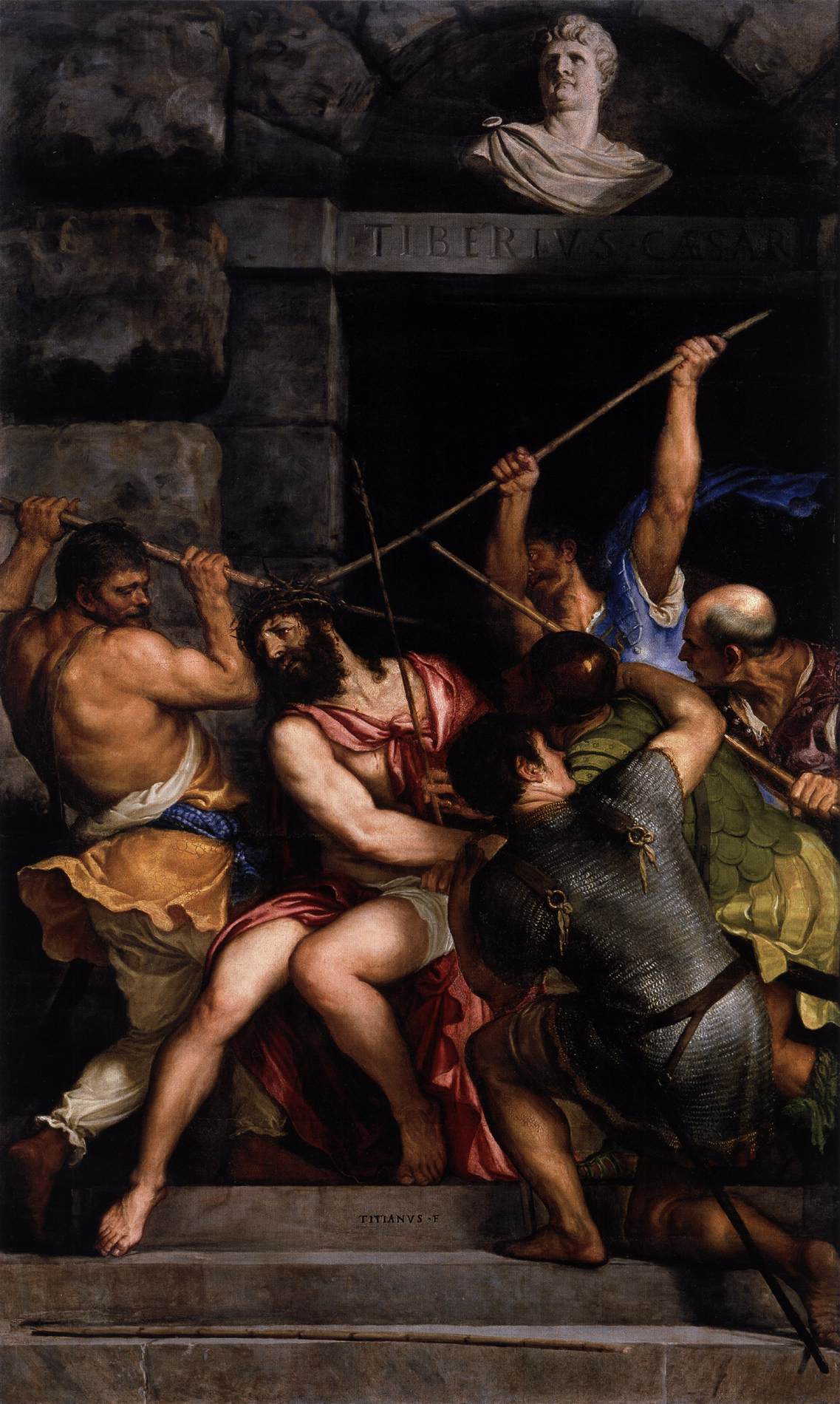
The veggies, pre-assembly. Yum.
8 ounces Lasagna Noodles, cooked and drained
2 T Olive Oil
1 whole medium onion
2 cloves garlic
1 whole bell pepper, diced
8 ounces mushrooms, chopped
1 zucchini, cut up
1 carrot, grated or thinly sliced
1 stem of broccoli, cut into very small pieces
1 can diced tomatoes
½ cup white wine
¼ cup fresh parsley, chopped
salt, black pepper, red pepper flakes to taste
1 (15oz) tub ricoota
1 egg
½ cup grated parmesan
1 pound mozzerella
Saute onions and garlic in oil for a minute. Add diced pepper, carrots, and broccoli and saute for another minute or so. Add squash and mushrooms and cook for a few minutes. Pour in wine, add salt, pepper, and red pepper flakes, and stir. Pour in tomatoes and liquid. Stir to combine and let simmer for 20 minutes. Stir in chopped parsley.
In a separate bowl, combine ricotta, eggs, Parmesan cheese, salt, and pepper.
Spread a little of the vegetable/tomato sauce in a lasagna pan. Layer noodles, 1/3 of the ricotta mixture, mozzarella, and about 1/3 of the vegetables. Repeat twice more, ending with vegetables. Sprinkle with Parmesan or mozzarella .
Bake at 350 degrees, covered in foil, for 20 minutes, then remove foil and continue baking for 10 to 15 minutes, until browning and bubbly. Allow to set up before serving.

























